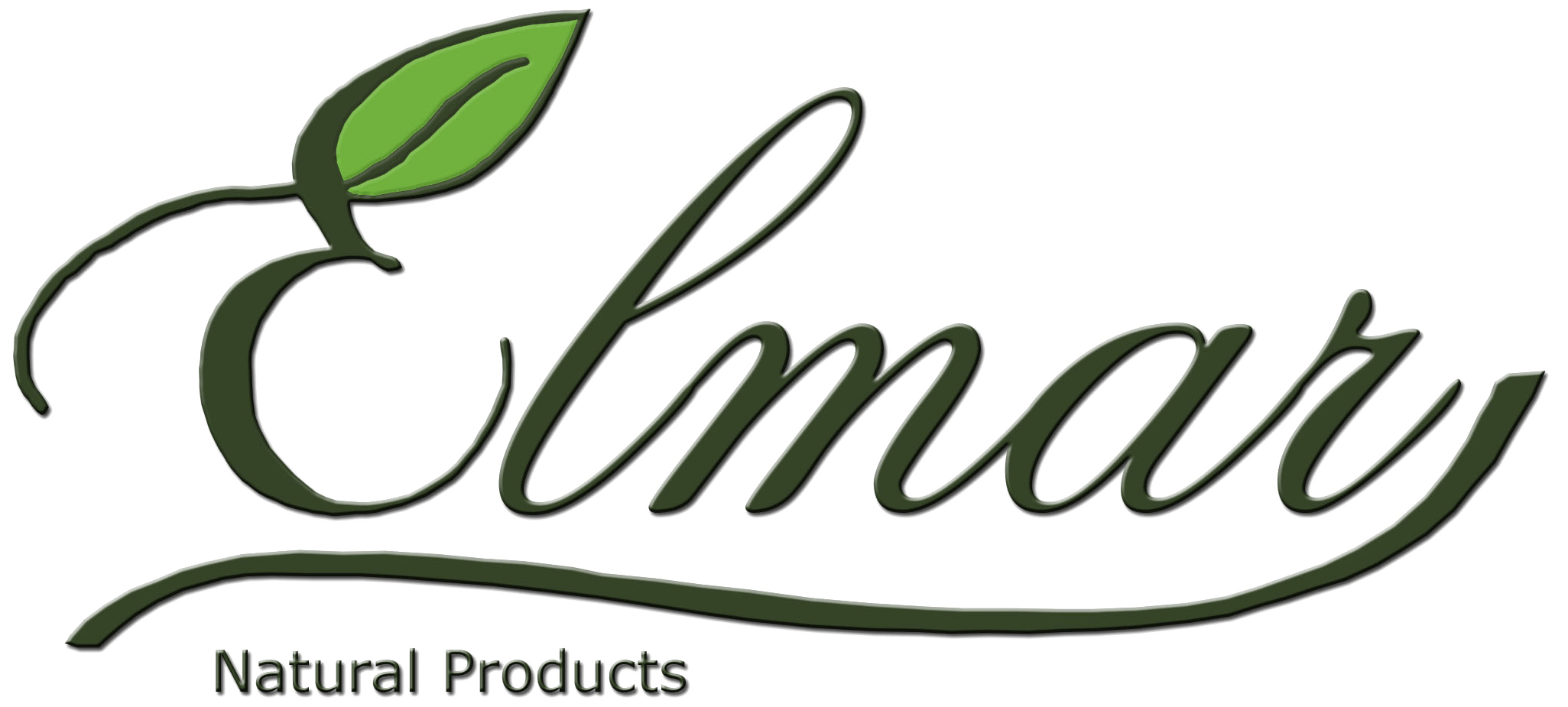Vietnam has up to 180,000 hectares of cinnamon, concentrated in the northern mountainous provinces and the North Central. The estimated cinnamon bark reserves are about 900,000 – 1,200,000 tons, with an average annual harvest of 70,000 – 80,000 tons.
In addition to domestic supply, Vietnam is importing this item from other countries to strengthen its position as the leading global exporter with an export turnover of over 34.4% of the world’s total.
According to statistics from the Vietnam Pepper Association, Vietnam’s cinnamon imports in December 2024 reached 387 tons with a turnover of nearly one million USD. This was a decrease of 5.1% compared to November 2024. Indonesia was the largest supplier of cinnamon to Vietnam, with 300 tons, accounting for 77.5%.

Support from Indonesia helps Vietnam to become the king of cinnamon exports.
Vietnam imported 4,508 tons of cinnamon with a turnover of nearly 11 million USD in the entire year of 2024. It was a decrease of nearly 70% compared to the last year. Indonesia was the largest supplier of cinnamon to Vietnam, accounting for 50.5% with 2,278 tons, an increase of 21.9%.
In the world, cinnamon is mainly grown in Vietnam, China, Indonesia (Cassia variety), Madagascar, and Sri Lanka (Ceylon variety).
There are many ways to use cinnamon in traditional medicines. Today, according to the latest research, cinnamon-based remedies have effects in preventing diabetes, reducing the risk of heart disease, having strong anti-inflammatory properties, protecting the brain from dementia and cognitive decline, preventing cancer and acne, eliminating bad breath, and being good for the skin.
In daily life, cinnamon has many uses in cooking, health care.
According to a report by the Food and Agriculture Organization of the United Nations (FAO), Vietnam’s total cinnamon production accounts for 17% of the global production. The global annual demand for cinnamon is rapidly increasing, by about 8% to 12%. This has caused cinnamon prices to rise steadily, especially since 2016. This is a positive signal but may also lead to a rapid conversion to cinnamon cultivation in Vietnam.
In addition to production activities, cinnamon purchases, processing, and export between domestic and foreign enterprises have increased. It is necessary to have strategic, timely, and sustainable management and development directions for the cinnamon industry to overcome barriers related to quality, price risks, and market output.
